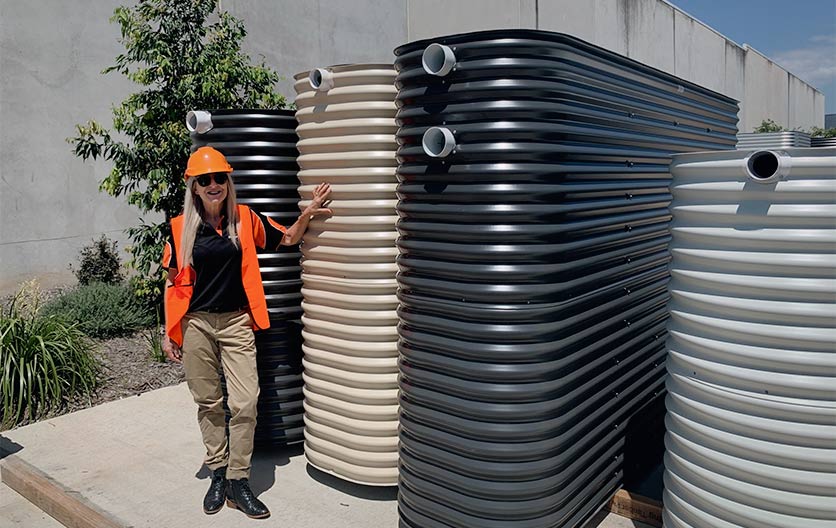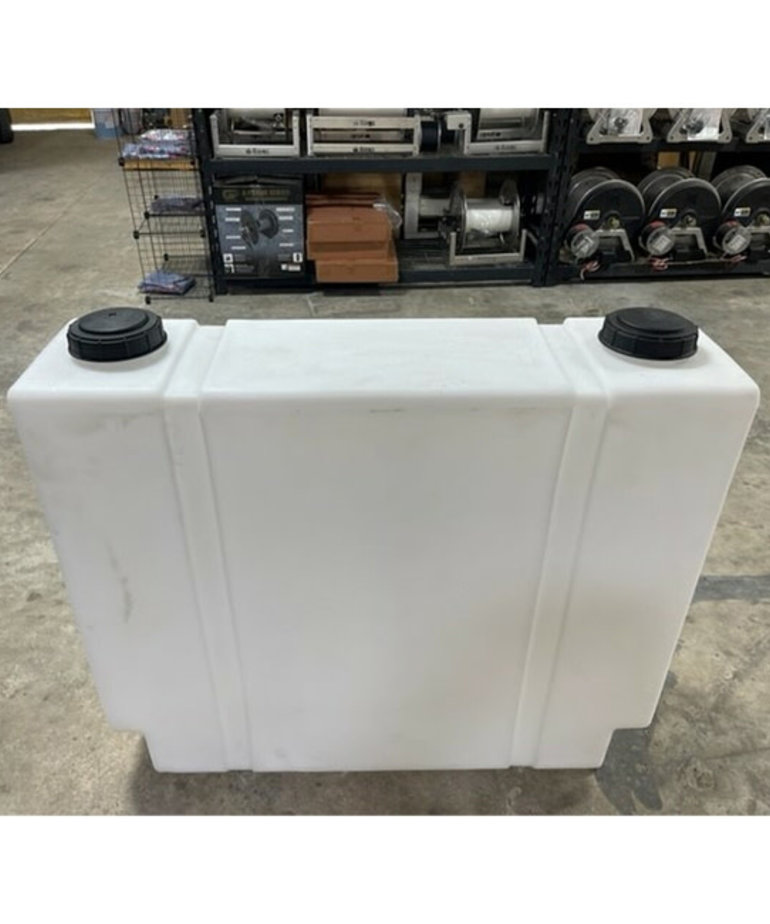Reliable Slimline Water Tanks: Optimize Your Water Storage Space Ability
Reliable Slimline Water Tanks: Optimize Your Water Storage Space Ability
Blog Article
Recognizing the Relevance of Rainwater Containers in Drought-Prone Regions for Water Protection
In regions susceptible to long term droughts, the duty of rainwater containers in reinforcing water safety is a subject of expanding significance. As areas come to grips with the challenges of water shortage, understanding the relevance of these tanks exceeds plain collection of rainwater. Rain tanks act as a vital tool in minimizing the effect of water scarcities by offering a lasting resource of water for different demands. Nevertheless, real worth of rainwater containers extends far past mere storage; it incorporates resilience-building actions and the promotion of long-lasting water preservation techniques. This multifaceted method to water safety warrants a better assessment of the duty rain tanks play in guaranteeing a reliable supply of water throughout times of dry spell.
Advantages of Rain Containers
Utilizing rainwater tanks uses a sustainable solution for boosting water supply and improving water safety and security in residential and business settings. One of the key benefits of rain storage tanks is their ability to lower reliance on keys water supply.

Rainwater Harvesting Methods
Rainwater gathering techniques encompass a variety of techniques developed to effectively gather and keep rainwater for various purposes, adding to water preservation and sustainability. One typical method is the setup of roof catchment systems, where rainwater is collected from the roofing system of a building and routed to a storage space container. This technique is relatively simple and cost-effective. An additional prominent strategy is the usage of above-ground or below ground storage tanks to keep rain for later usage. These tanks are available in various sizes and materials to suit various demands and can be connected to the existing plumbing system for easy gain access to.

Moreover, rain gardens and absorptive sidewalks are ingenious techniques that include landscape design or paving surface areas in a method that enables rain to percolate right into the ground, replenishing groundwater books. Additionally, shape farming and terracing are farming practices that assist catch rain and prevent soil erosion in uneven surface. By applying these diverse rainwater harvesting techniques, neighborhoods can enhance water safety and strength in drought-prone regions while his response advertising lasting water monitoring practices.
Relevance of Water Security
Ensuring reputable accessibility to clean and sufficient water resources is critical for sustaining human health and wellness, financial advancement, and ecological wellness. Water safety is a critical aspect of social strength, specifically in areas at risk to dry spells and water shortage. Appropriate water protection encompasses different measurements, including accessibility, high quality, and ease of access of water for domestic, farming, commercial, and ecological requirements.
Water safety and security plays an essential role in advertising public wellness by minimizing the occurrence of waterborne diseases and ensuring hygiene centers. Economically, water security is essential for farming efficiency, commercial operations, and overall financial growth. Slimline water tanks. Water protection is carefully linked to ecological sustainability, as it supports ecological communities, biodiversity, and general ecological equilibrium.
In drought-prone regions, water safety becomes a lot more essential because of the enhanced risk of water lacks. Carrying out techniques like rainwater harvesting, water recycling, and effective water management methods can significantly improve water protection in these areas. By focusing on water security, neighborhoods can much better endure the influences of environment change, populace development, and other challenges that endanger water schedule.
Enhancing Water Resilience
With boosting international water challenges, building durability in water supply has actually become a vital emphasis for lasting development efforts. Enhancing water durability includes applying strategies to guarantee water accessibility and high quality when faced with transforming ecological problems, such as dry spells, floods, and pollution.
One key aspect of improving water durability is promoting using rain storage tanks in drought-prone areas - Slimline water tanks. Rainwater tanks function as an efficient ways of catching and keeping rainwater for later use, decreasing reliance on scarce freshwater sources during completely dry durations. By including rain harvesting systems right into water monitoring strategies, neighborhoods can boost their capability to stand up to water deficiency and keep water safety and security

Lasting Water Preservation
Among about his escalating water challenges, the prudent administration of water sources via sustainable conservation practices is vital for making certain lasting environmental stability and societal well-being. Sustainable water conservation involves the effective usage of water sources to fulfill existing demands without endangering the ability of future generations to satisfy their own demands. By carrying out approaches such as rain harvesting, greywater recycling, and water-efficient modern technologies, areas can lower water wastefulness and relieve stress on freshwater resources.
In addition, lasting water preservation methods add to ecosystem health and wellness by preserving sufficient water levels in rivers, lakes, and wetlands, sustaining biodiversity, and preserving all-natural habitats. These practices also play an essential role in mitigating the influences of environment modification by helping to adjust to transforming rainfall patterns and water accessibility.

Verdict
To conclude, rainwater storage tanks play a vital role in enhancing water safety and security and durability in drought-prone areas. By utilizing rainwater harvesting methods, neighborhoods can lower their reliance on standard water resources and advertise lasting water conservation practices. This not only assists minimize the impacts of water scarcity during droughts however likewise adds to lasting water protection and strength in the face of climate change challenges.
Report this page